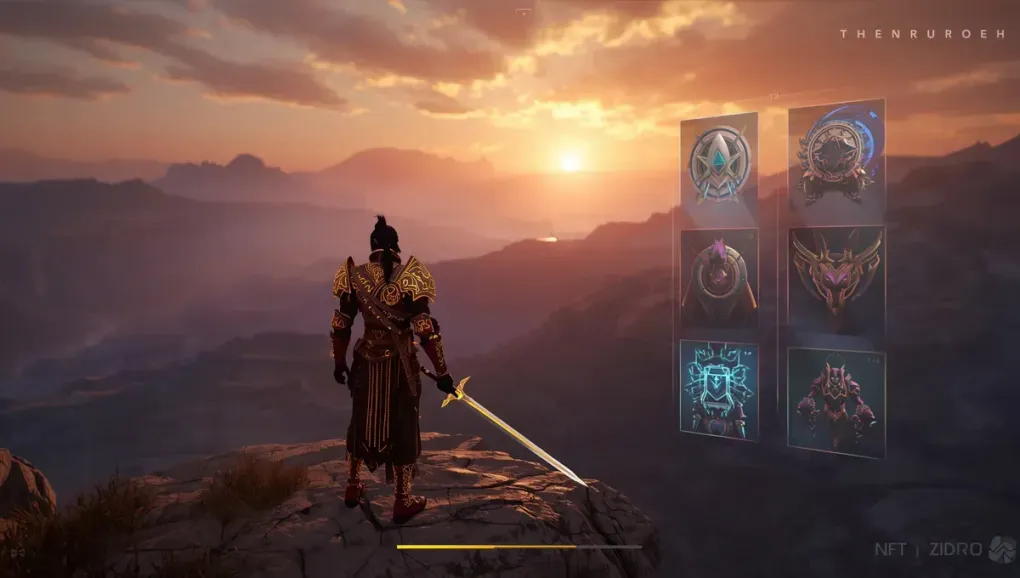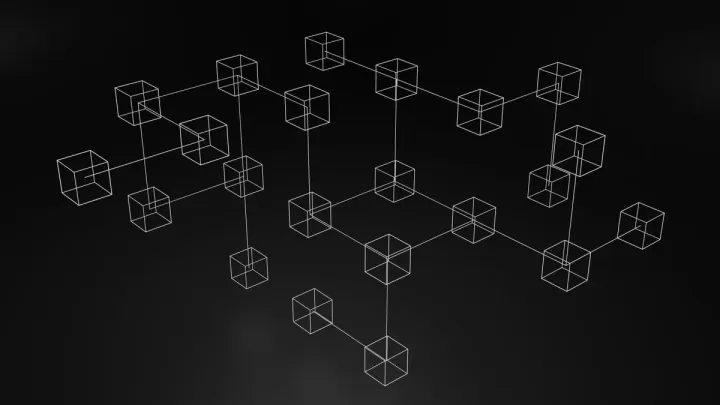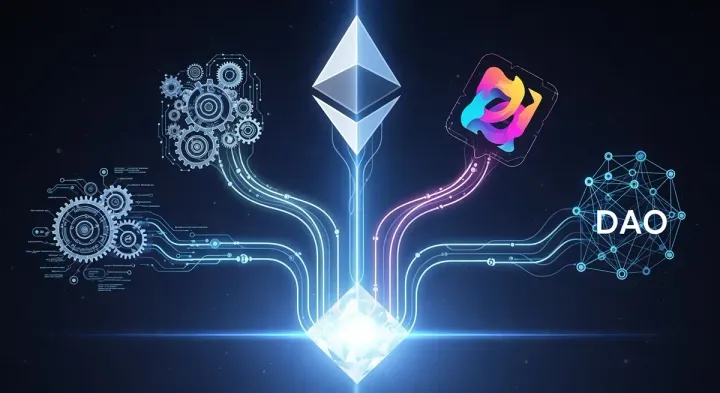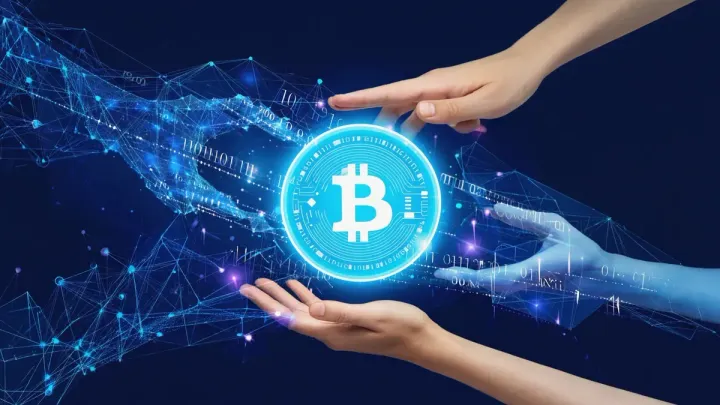
Beyond the Hype: 5 Real Trends Shaping the Future of Web3 Gaming
For a while, “Web3 gaming” was a dirty word. Associated with the speculative bubble of “Play-to-Earn” (P2E) and the spectacular collapse of NFT markets, many gamers wrote it off as a cynical cash grab. They weren’t entirely wrong. The first wave, which treated gaming more like a job than a form of entertainment, was deeply flawed and unsustainable.
But while the hype died down, the work didn’t stop. Away from the spotlight, developers have been quietly building the next generation of Web3 games, learning from past mistakes. What’s emerging is a more mature, compelling vision for how blockchain technology can actually improve gaming, rather than just monetize it. Here are the five key trends driving this evolution.
1. The Mantra: Fun First, Blockchain Second
The single most important shift is a return to fundamentals. The new philosophy is simple: make a great game that people would want to play even if there were no blockchain elements. The technology should be nearly invisible, enhancing the experience rather than defining it. This means seamless wallet integrations, no confusing gas fees for in-game actions, and a focus on core gameplay loops. The goal is to onboard players who love games, not just crypto speculators.
2. The AAA Studios Are Making Their Move
For Web3 gaming to go mainstream, it needs the quality and polish that only major studios can provide. And they are coming. Giants like Ubisoft, Square Enix, and Nexon are actively investing in and developing high-budget AAA titles with Web3 integration. This means better graphics, deeper storytelling, and established IPs entering the space. A single hit title from a major studio could be the catalyst that validates the entire model for a skeptical mainstream audience.
3. The New Model: From “Play-to-Earn” to “Play-and-Own”
The “Play-to-Earn” model was inherently flawed because it created inflationary economies that were destined to collapse. The new, more sustainable model is “Play-and-Own.” The focus is no longer on earning a volatile token, but on acquiring true, verifiable ownership of your in-game items. That rare sword or unique skin you find isn’t just a line of code on a company’s server; it’s a digital asset (an NFT) that you truly own. You can sell it, trade it, or simply hold it as a collectible, knowing the developer can’t just delete it on a whim.
4. Interoperability: The Connected Dream
This is the holy grail of Web3 gaming: the ability to use your assets across different games and virtual worlds. Imagine taking a character skin you earned in a battle royale and using it in a social MMO, or carrying a legendary weapon from one RPG to its sequel. While technically complex, progress is being made on cross-chain standards that could make this a reality. It transforms digital items from single-use purchases into persistent assets in a larger, interconnected ecosystem.
5. Empowering the Creator Economy
Web3 technologies open the door for players to become active participants in the game’s economy. Instead of developers holding a monopoly on content creation, players can design, mint, and sell their own in-game items, from custom skins to entire new levels. By giving players a real stake in the game’s success and a share of the revenue, developers can foster a much more loyal and engaged community.
In conclusion, the Web3 gaming space is quietly maturing. It’s shedding its speculative, hype-driven skin and focusing on building sustainable experiences centered on fun, true ownership, and community empowerment. The road to mass adoption is still long, but the foundation being laid today is far more solid than anything we saw in the first wave.


